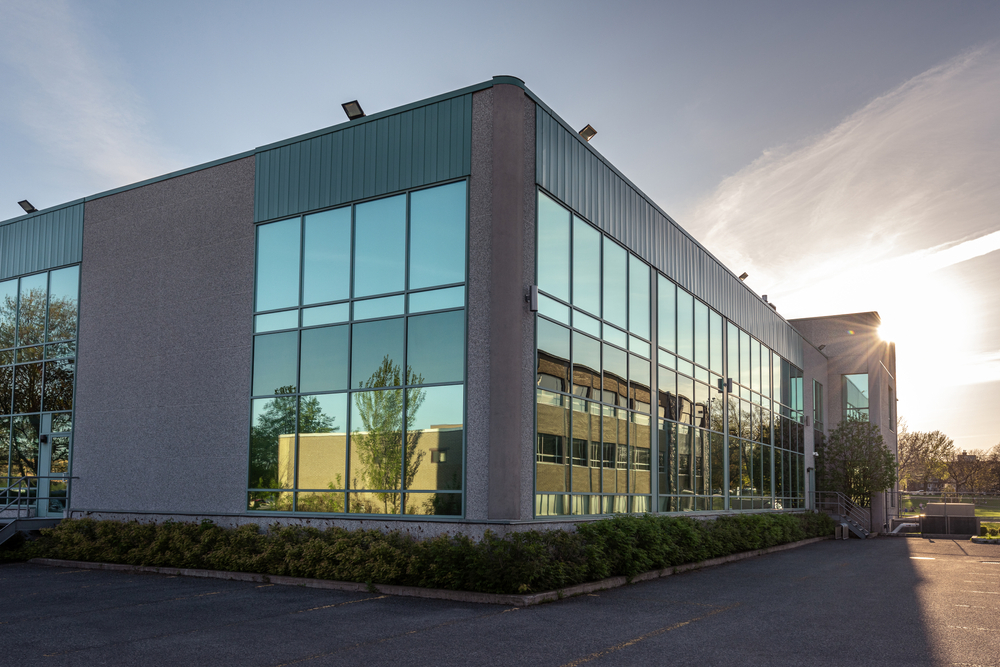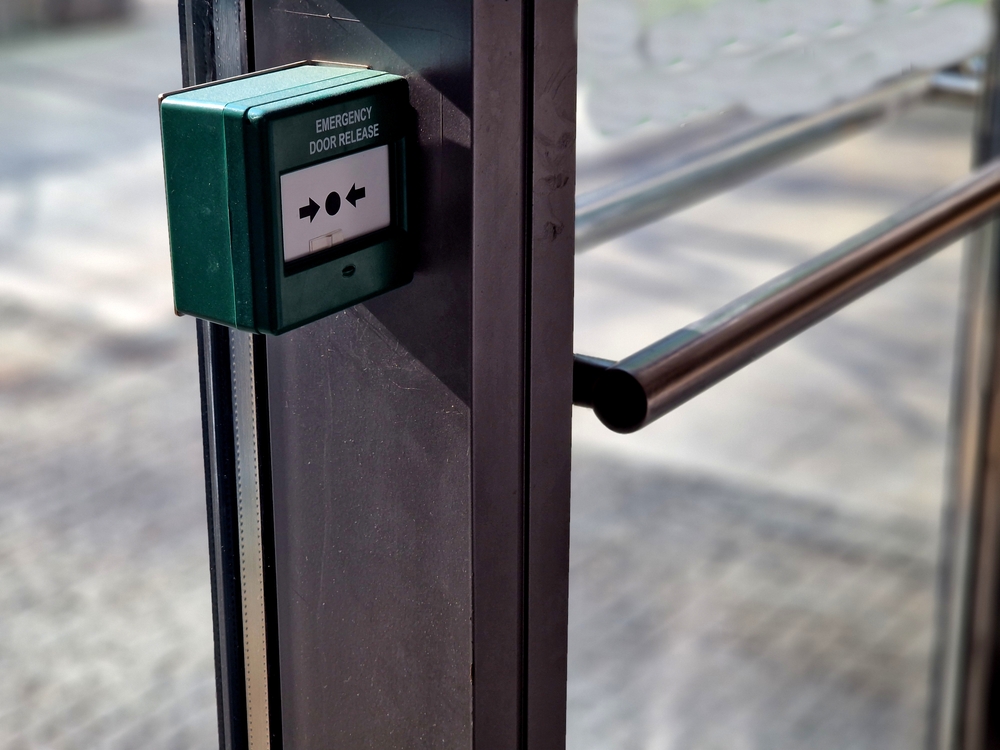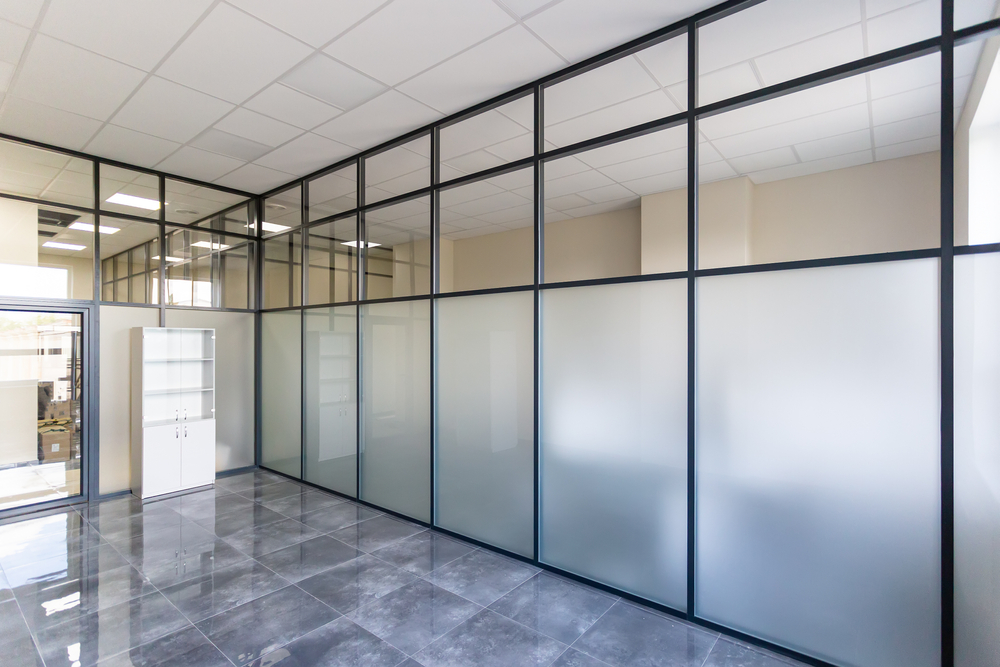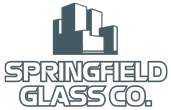Navigating the world of commercial glass can be overwhelming, especially when every project, code, and client brings new demands. Springfield Glass Company’s updated glossary is designed for business professionals who need clear, actionable definitions across the spectrum of glass products, systems, and standards.
Whether planning a storefront, specifying an energy-efficient upgrade, or maintaining code compliance, this resource empowers Springfield’s commercial leaders to build, renovate, and maintain with confidence.

Commercial Glass Terms, A
Acid-etched Glass: Glass treated with acid to produce a frosted or decorative surface, often used for privacy and aesthetics in offices and storefronts.
Acoustic Ratings (STC, OITC): Measures of how well glass assemblies reduce noise transmission between spaces. STC is for airborne sound; OITC addresses exterior noise like traffic.
ADA Clearances: Minimum door and window threshold spaces required for compliance with the Americans with Disabilities Act, important for all entries and egress systems.
Annealed Glass: Standard float glass that has been slowly cooled to relieve internal stresses. It can be further processed into heat-strengthened or tempered glass for safety.
Arris, Polished, Miters (Edgework): Finishing types for glass edges—arrises are slightly ground, polished blends shine, and miters are beveled for corner joining.
Commercial Glass Terms, B-C
Backer Rod: Foam used to fill gaps before sealant is applied, improving weather resistance in glazing installations.
Bird-Friendly Glass: Glass with UV-reflective or etched patterns that deter bird collisions with commercial facades, improving sustainability and code compliance.
Bullet-resistant/Impact-resistant Glass: Laminated assemblies designed to withstand ballistic or forced impacts, often specifying glass/polycarbonate or multi-layered glass.
Ceramic-fritted Glass: Glass with ceramic ink patterns fired onto its surface, used for shading, branding, or privacy in commercial projects.
Clerestory/Transom Glazing: High, horizontal windows admitting extra daylight deep into interior spaces.
Condensation Resistance: A metric and product attribute denoting glass and frame systems that minimize indoor condensation.
Continuous Hinges: Hardware running the full length of a door to distribute weight and improve entry system durability.
Curtain Wall System: Non-structural glazing systems that sheath the exterior of commercial buildings, supporting glass either at floor slabs or via a grid.
Commercial Glass Terms, D-F
Desiccant: Material placed in IGU spacers to absorb moisture, preventing fogging and prolonging glass clarity.
Double-pane, Triple-pane (IGU): Insulated glass units using two or three panes, respectively, to enhance thermal and sound control performance.
Emissivity (Low-E Coating): A property and treatment for glass surfaces reducing radiative heat transfer, vital for energy code compliance.
Exit Bars/Panic Devices: Safety hardware enabling instant egress during emergencies, required for commercial exits by code.
Fire-rated Glass/Assemblies: Glazing that provides fire resistance for a specified duration and may include special glass types and framing.
Float Glass: Standard, clear flat glass produced by floating molten glass on a bed of molten metal. Serves as the base product for most commercial glazing.
Foam Spacer/Warm-edge Spacer: Types of materials used between IGU panes for improved thermal insulation at glass edges.

Commercial Glass Terms, G-L
GBG, SDL, TDL: Grilles Between Glass (GBG), Simulated Divided Lite (SDL), and True Divided Lite (TDL) are window styles for aesthetic and cleaning choice in commercial applications.
Glazing Beads/Stops/Reglets: Moldings and strips securing glass within frames.
Hardware—Locks, Maglocks, Electronic Strikes, RFID: Commercial entries employ a range of locking and access control mechanisms for safety, security, and automated access.
Heat-strengthened Glass: Glass processed for increased strength that sits between annealed and fully tempered glass in its break and stress profile.
IGU (Insulated Glass Unit): Multi-pane commercial glazing for energy efficiency, using air or inert gas between panes, with critical performance features like spacers, desiccant, and Low-E coatings.
Laminated Glass: Glass bonded with plastic interlayers (PVB, SGP) for safety, security, and sound reduction. Essential for locations requiring impact or forced entry resistance.
Low-iron Glass: Clear glass with reduced iron content, resulting in higher clarity and truer color rendering, desired in showrooms and display applications.
Low-E Glass: Low-emissivity glass controls solar gain and protects interiors, often required for modern energy codes.
Commercial Glass Terms, M-S
Mullion, Transom, Jamb, Sill, Stiles, and Rails: Key framing elements in window and storefront assemblies, supporting glass and defining operational components.
NFRC Labeling: Certification by the National Fenestration Rating Council, confirming a product’s compliance with performance standards for U-factor, SHGC, and more.
One-way Reflective Glass/Privacy Films: Specialty glass treatments providing privacy and solar control in commercial spaces.
Panic Device/Exit Bar: Device facilitating emergency egress from commercial doors; required by law in many public buildings.
Spandrel Glass: Opaque glass used to hide structural components, insulation, or slab edges in curtain wall and storefront systems.
STC, OITC: Sound Transmission Class and Outdoor-Indoor Transmission Class. See “Acoustic Ratings” above.
Structural Glazing Silicone: A sealant that forms both weatherproof and load-transferring bonds between glass and framing, especially in curtain walls.
Switchable Smart Glass (PDLC, Electrochromic): Electrically controlled glass that changes from transparent to opaque, offering privacy and daylighting control.
Commercial Glass Terms, T-W
Tempered Glass: Heat-treated safety glass that shatters into small, blunt pieces, minimizing injury risks and often required for doors, storefronts, and hazardous locations.
Transom: Horizontal framing member or window above a door, used for light and airflow.
U-factor: Numeric value indicating how much heat passes through glass assemblies; lower means better insulation.
Vacuum Insulating Glass (VIG): Newer ultra-thin IGU alternative using a vacuum instead of gas fill for superior thermal performance in restrictive spaces.
Weatherstripping, Weep System, Rain Screen: Assemblies and materials that seal out air/water and manage building envelope drainage, protecting installations from weather-driven failures.

Work With Springfield Glass Company
Springfield Glass Company’s expertise ensures every project meets the demanding standards for quality, safety, and innovation. For support with commercial glass selection or glossary clarification, reach out to the specialists trusted by Springfield’s leading businesses.
